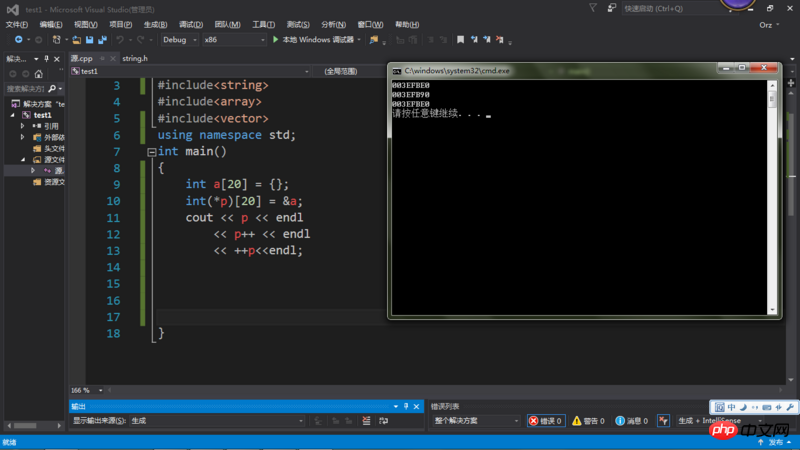c++ - 为什么指向数组的指针在自增时和普通指针自增时情况不同?

PHP中文网2017-04-17 15:33:06
If the pointer p points to the i-th element of the array, then p+n, n+p, and p-n will point to the i+n, i+n, and i-n elements respectively.
Here, the element pointed to by p is an array, so p+1 will point to the next array in the array. This is consistent with the behavior in other cases (such as when pointing to an int).
Note: The cout line in your code contains undefined behavior. Refer to
Has int array[10][20], (*p)[20] = array;
std::cout << p++; is the same as std::cout << p;, which will output &array[0].
std::cout << ++p; is the same as std::cout << p+1;, which will output &array[1].
std::cout << p++; std::cout << ++p; will output &array[0] and &array[2].
std::cout << p++ << " " << ++p;Contains undefined behavior and the output of the program cannot be inferred.